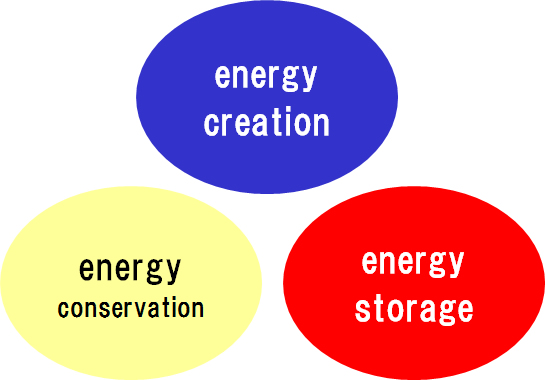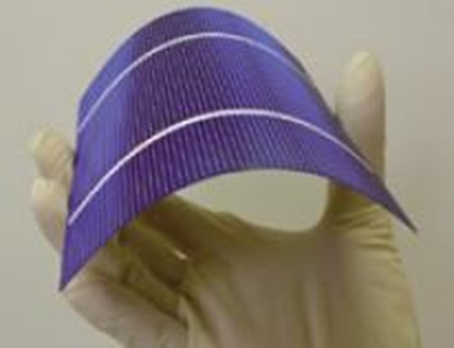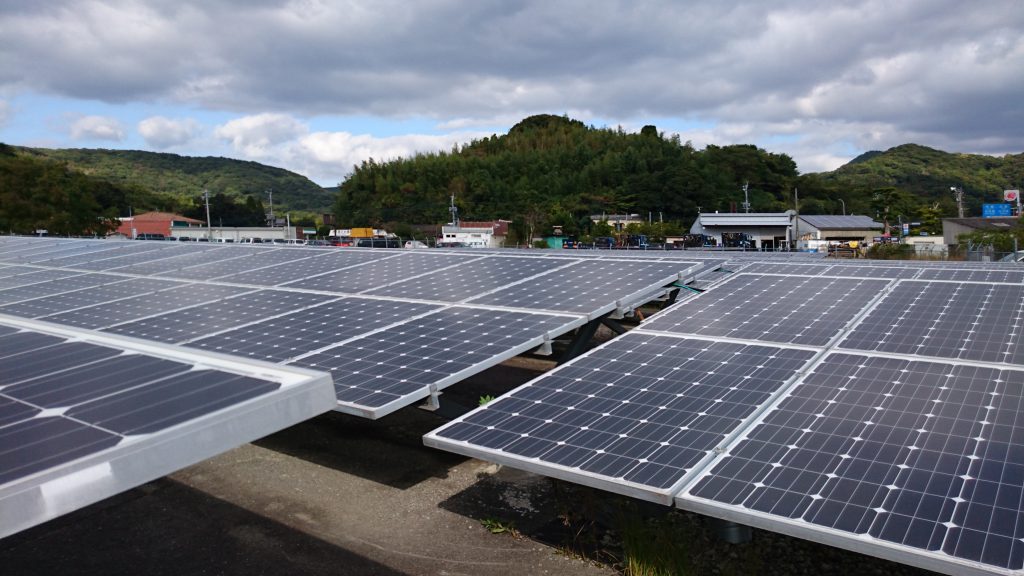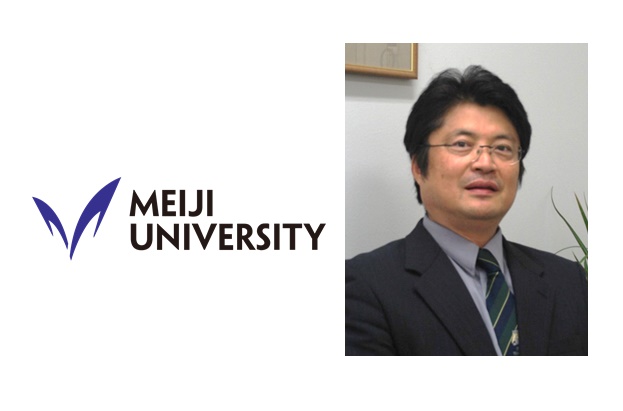Details of the Initiative
MREL, Meiji Renewable Energy Laboratory, is conducting research and development that integrates the creation of renewable energy, as well as its storage and effective use. Taken together, we aim to contribute to the realization of sustainable economic development and a just society as outlined in the SDGs through technology and human resource development, and to achieve a peaceful and stable world.
Research activities in FY2020
・Research on improving the efficiency of renewable energy devices (solar cells, thermoelectric generating elements), research and development of energy-saving devices, and research on energy storage and effective use.
・Creation of a foundation for industrial and technological innovation and realization of sustainable economic growth through research and development of energy and semiconductor devices and human resource development
・Contribute to the recycling of energy and CO2, and contribute to the realization of a recycling-oriented society
Official Website:https://www.meiji.ac.jp/research/mrel/index.html


Although making solar cells thinner involves difficulties such as degradation of mechanical strength and reduction of the volume that contributes to power generation, it is known to have a significant effect on reducing power generation costs by saving raw materials. In addition, reducing costs from increased power generation per unit of raw material, manufacturing, and installation costs can be achieved by increased power generation efficiency per unit of area. In the case of solar cells, power generation efficiency is expressed as the conversion efficiency of irradiated solar energy per area into electrical energy.


